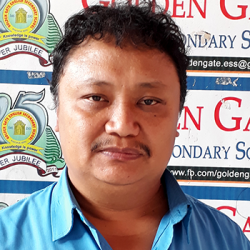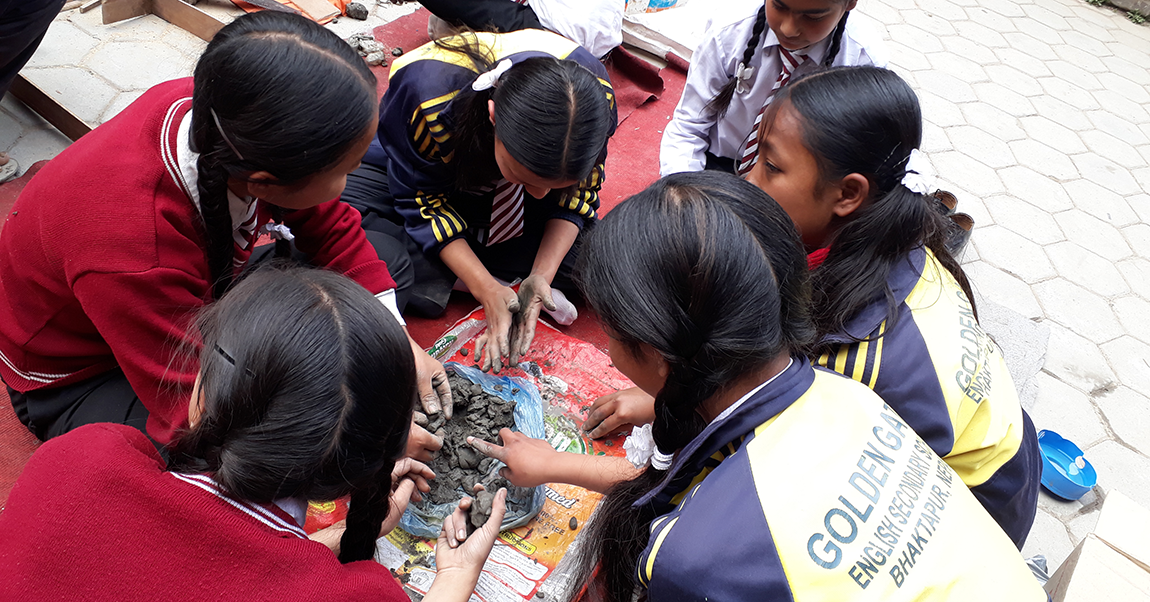
Project Based Learning is globally redefining education and the teaching-learning process.
It gives young learners a limitless space to reinvent themselves on a continual basis, letting them push themselves towards their better potential each time they work on a project. Thus, PBL, in true sense, carries the tremendous Japanese philosophy of self-discipline "Kaizen'"– continual improvement in the process, product, and learners.
Being much influenced by the PBLWorks concept of ”entry event” and the Essential Element of “Student Voice and Choice”, we, here in Nepal, have started to kaizen our PBL practice. We combine it with multiple intelligences theory for the purpose of an enthusiastic start to a project as well as engaging more students with all the differentiated team activities.
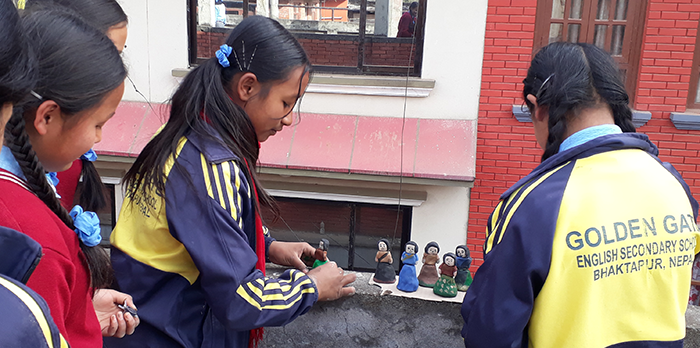
Howard Gardner defines multiple intelligences (MI) as "…a bio-psychological potential to process information in certain ways, in order to solve problems or fashion products that are valued in a culture or community." In PBL, how students process the information they receive and solve problems, especially the open-ended driving question, and design a product are all very important and relevant. Since PBL focuses on 21st century skills like collaboration, communication, and critical thinking with the creation of a final public product, a lot of both concepts can be mutually useful.
We have experimented with incorporating the multiple intelligences concept in the following PBL phases and activities:
1. Formation of Teams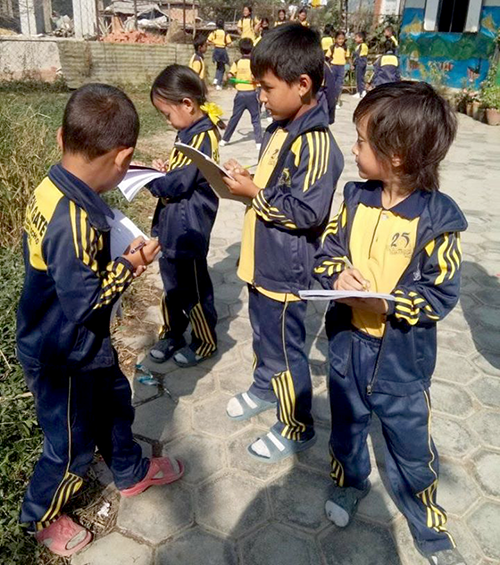
Projects can be done as a whole-class project or in different teams. When teams need to be formed, we do it on the basis of the intelligence profiles of the students:
- musical-rhythmic
- visual-spatial
- verbal-linguistic
- logical-mathematical
- bodily-kinesthetic
- interpersonal
- intrapersonal
- naturalistic
These profiles can be identified with very simple observations of student behavior in carefully designed situations by teachers with MI literacy. Similar profiles in the team members give a basis for increased motivation and collaboration with homogeneity and like-mindedness.
2. Entry Event
An entry event is just like a fire-starter for any project, and we create those events based on students’ dominant intelligences. So, a popular music video or a viral image can be more inspiring for musical-rhythmic and visual-spatial teams, likewise something from a current theatre show can intrigue interpersonal students. A book can be a starting discussion for verbal-linguistic students, and a news report of a scientist's new invention can trigger a logical-math team. The more beneficial part is that while doing this, we invite students to share their project relevant knowledge as an entry event, which they find easy and interesting.
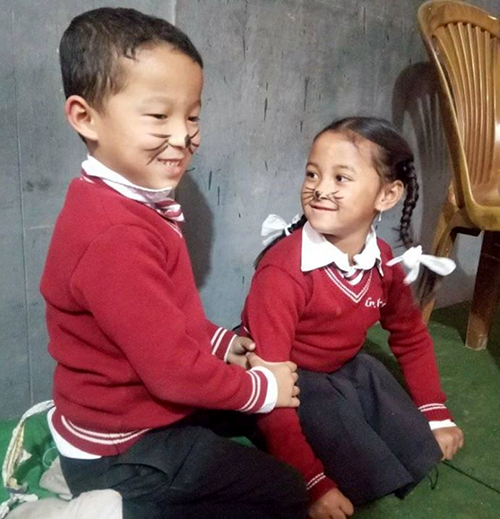
3. Project Activities with Student Voice and Choice
It is extremely important that students really own the projects they are supposed to do. It can be so ensured by not only letting them do what they love but also what they are good at. As they are aware about their strong intelligences, whatever they choose to do can relate to what they are good at and what they enjoy doing. It provides them belongingness as well as autonomy. So, we can generate variations in what they do to provide wider space for their voice and choice. This way, if some teams can dance out social frustrations, others can recreate a song, hopefully a rap, to do a mathematics or science project. Acting out a history project can be supplemented with creating artifacts, miniature replicas of monuments, costumes, etc. If a contextual poem starts the project, there will be space to create stories, essays, reviews, etc.
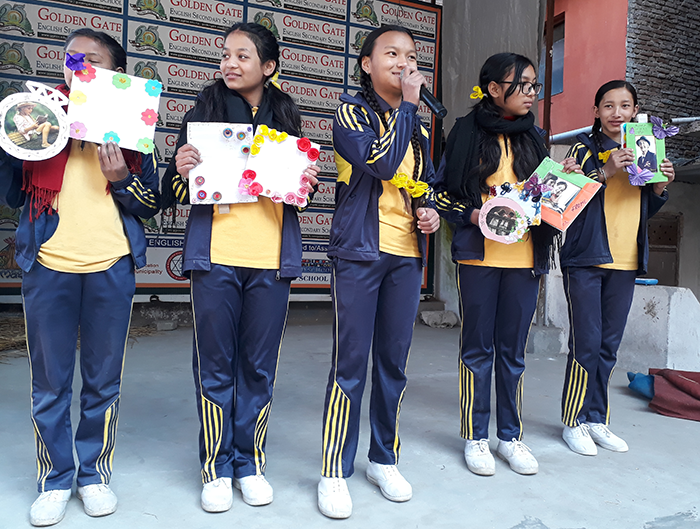
4. Public Product
The integration of MI makes a very positive impact on the public product of the project as well. First, it brings variety and multiplicity in the product. Also, students feel it to be so easy to present what they have done because they actually know not only what they have done, but how and why it was done that way. This gives them more confidence in gaining communication skills through the presentation of a public product.
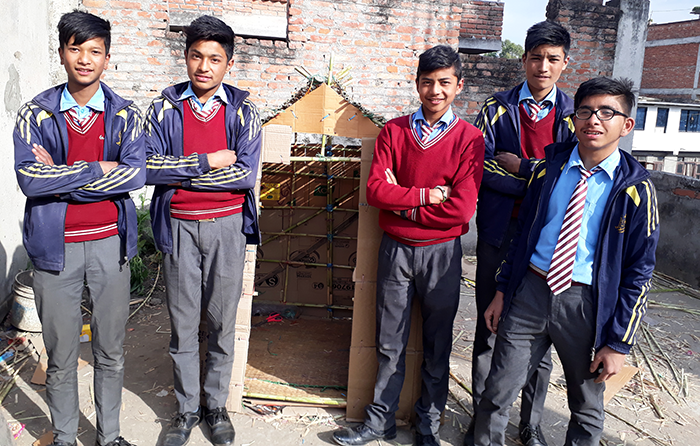
In Nepal, PBL itself is a very new concept and we have organized a one-day "PBL Mela" exhibition in our school.
This event is held once in a year, to bring our practices to the notice of the stakeholders, and to show final public products for selected projects. We have been implementing this MI based PBL strategy in three different schools and the impact is highly appreciated by the students, teachers, parents, and school administration.
Let us keep it clear that we have simply tried to integrate a concept in certain phases of the well-established PBL process of PBLWorks, just to customize it for different situations in Nepal. Since this is just the beginning, it needs continual discussion, exchange and improvements—as the philosophy of Kaizen itself suggests.

